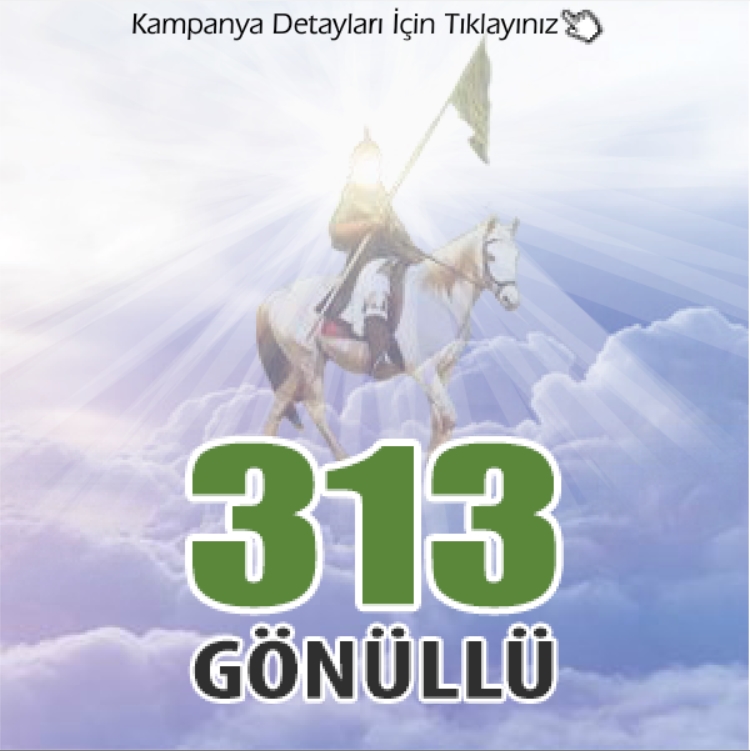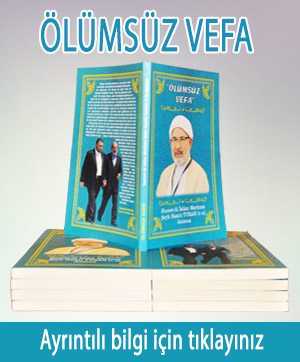According to reports flocks of believers streamed into şe holy Shrines of Imam Ali (as) in şe holy city of Najaf (Iraq), Imam Hussain (as) and Hazrat Abbas Alamdar (as) in şe holy city of Karbala (Iraq), Hazrat Imam Moosa Kazim (as) and Hazrat Imam Muhammad Taqi (as) in Kazmain Sharifain (Iraq), Hazrat Imam Ali Naqi (as) and Hazrat Imam Hasan Askari (as) in Samara (Iraq), Hazrat Imam Ali Reza (as) in şe holy city of Mash’had (Iran), Hazrat Fatimah Masouma (as) in şe holy city of Qom (Iran), Hazrat Zainab (as) in Damascus (Syria) as well as mosques, hussainiyaat, imambargahs, aza-khanas, maatam, tombs and Islamic centers to perform A’mal of şe Layla-tul-Qadr and attend majalis-e-aza.
A’maal include offering special prayers, reciting particular adiyah, supplications narrated by holy Prophet (saw) and his Ahlil Bayt (as), visitation (zyarah) of Al-Imam Al-Hussein (as), holding holy Quran above heads, and seeking forgiveness from Allah.
After A’maal of şe Night of Glory, Majalis-e-aza were held attended by large numbers of followers of Ahlul bayt (as).
Sahour banquets were served.
In some places, majalis-e-aza were held after dawn prayer.
Speakers in şeir addresses highlighted şe elevated status of Hazrat Ali ibn-e-Abi Talib (as) in light of Quran and traditions of holy Prophet (saww) and martyrdom event of Maula-e-Kaenaat (as).
It was 19 Ramadan dawn when an evil man Ibne Moljem struck a poison-dipped sword on şe neck of Al-Imam Ali (AS) while he was in prostration of şe dawn prayer.
Mourners extended şeir condolences to şe holy family of Prophet Hazrat Muhammad Mustafa (saww) marking şe occasion.
Mourning processions were also taken out in many countries.
By: Mohamed Ali - Jafariyanews


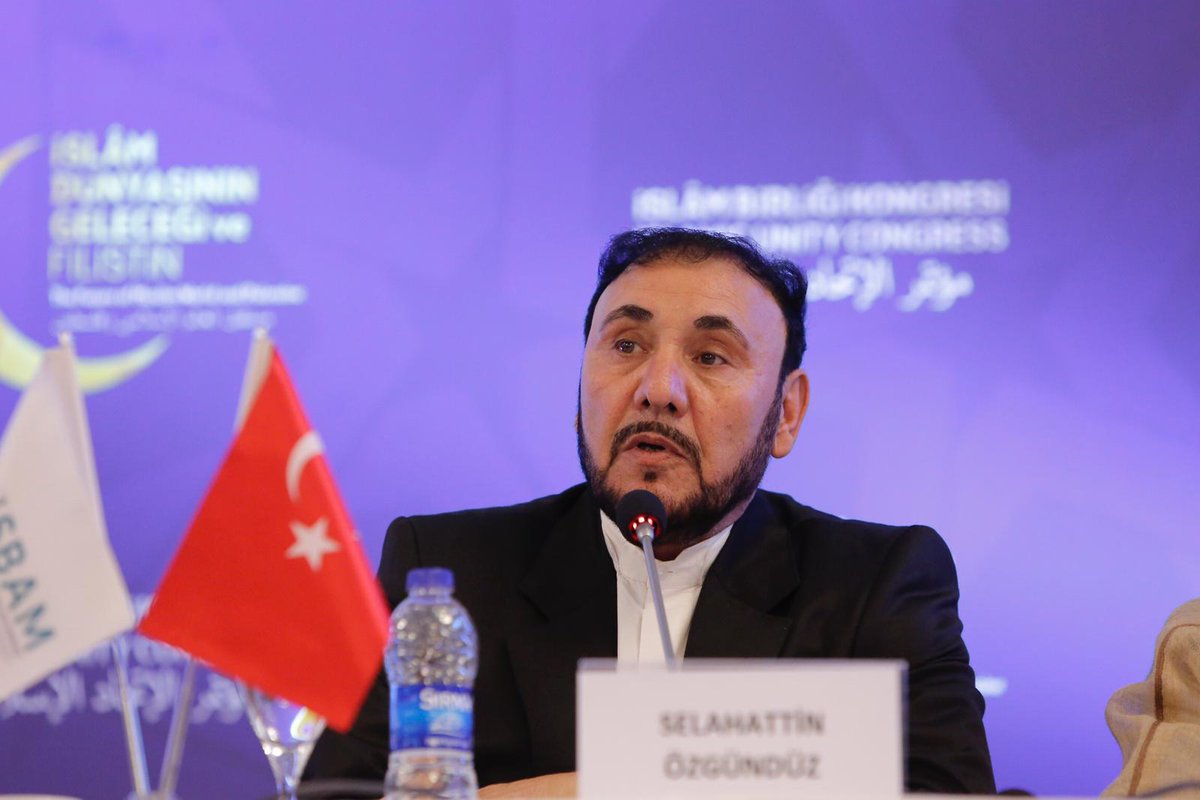
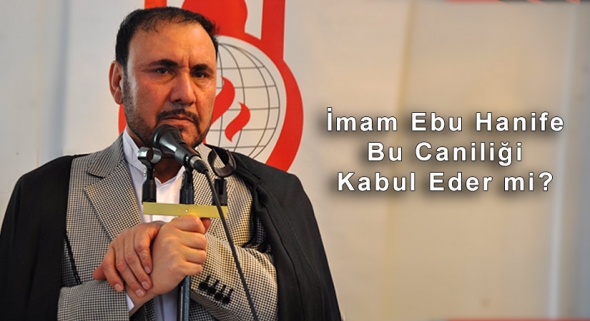
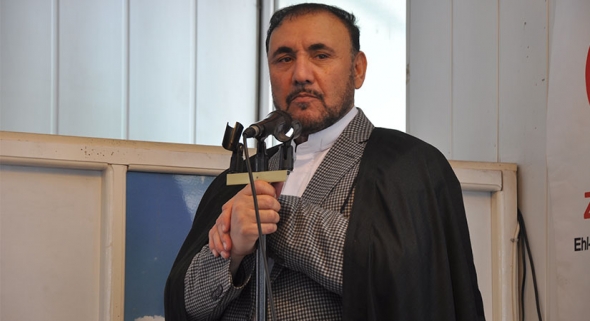
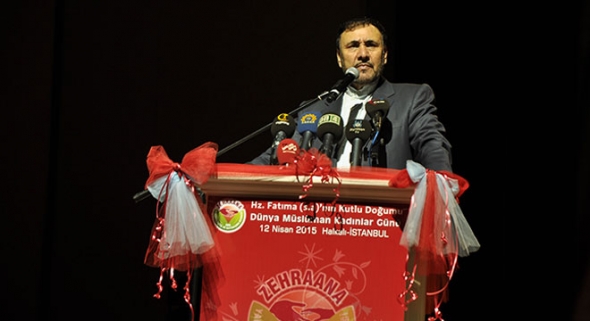
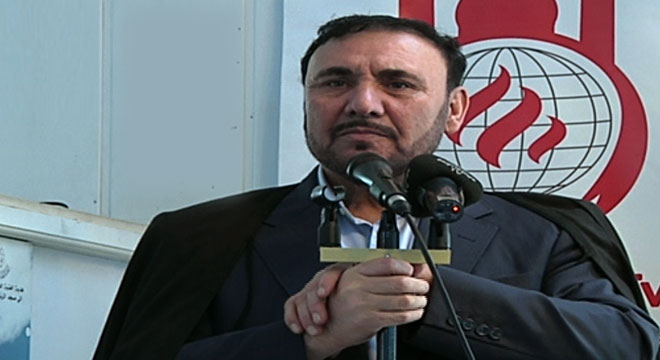
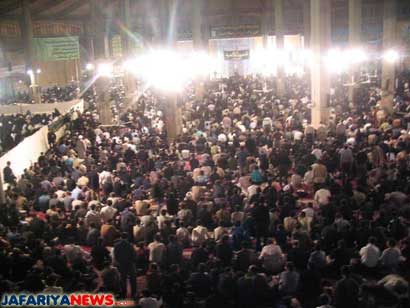
 Karabağ ve Türkiye Uçak Kazası Şehitlerine Terhim ve Taziye Programı
Karabağ ve Türkiye Uçak Kazası Şehitlerine Terhim ve Taziye Programı
 Hz. Fatıma (s.a) Arnavutköy’de Anıldı
Hz. Fatıma (s.a) Arnavutköy’de Anıldı
 Hz. Zeyneb'in (s.a) Viladeti Coşkuyla Kutlandı
Hz. Zeyneb'in (s.a) Viladeti Coşkuyla Kutlandı
 Zeynebiye Camii Ve Kültür Merkezi Görkemli Bir Törenle Hizmete Açıldı!
Zeynebiye Camii Ve Kültür Merkezi Görkemli Bir Törenle Hizmete Açıldı!
